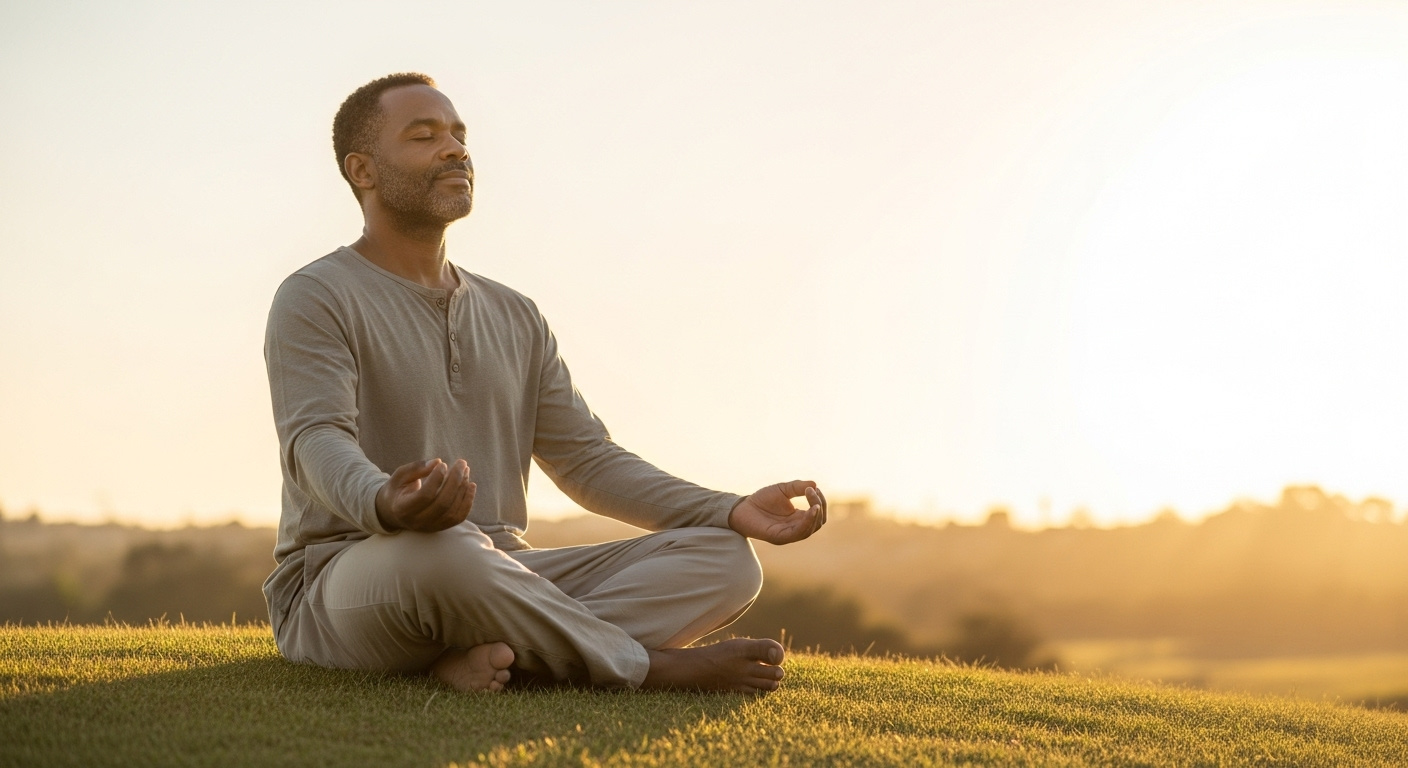Unveiling the Health Benefits of Grounding: The Science and Practice
Have you ever taken a moment to walk barefoot on the grass, feeling the cool earth beneath your feet? An increasingly popular wellness practice known as grounding, or earthing, taps into the potential health benefits of this simple act, backed by a growing body of research. This article explores the science behind grounding, its potential health benefits, and practical ways to incorporate it into your daily routine.

Grounding: A Brief History and Scientific Developments
Grounding, as a practice, has been part of various cultures for centuries. Indigenous cultures globally have recognized the healing power of the earth, incorporating barefoot rituals into their customs. Modern grounding practices are an extension of these ancient traditions.
Scientific interest in grounding started to rise in the late 20th century. In 1998, Clinton Ober, a retired cable television executive, proposed the theory that direct contact with the earth could influence human health. His ideas prompted further research, and since then, studies have examined the potential benefits of grounding on inflammation, pain management, sleep, and overall well-being.
The Science Behind Grounding and Its Health Implications
Grounding is believed to work by allowing the body to absorb electrons from the earth, which can neutralize free radicals and reduce inflammation. These effects are thought to stem from the earth’s negative electrical potential and the presence of free electrons on its surface.
Research on grounding has yielded promising results. A 2012 review published in the Journal of Environmental and Public Health found that grounding could improve sleep, normalize the day–night cortisol rhythm, reduce pain, and decrease stress. Another 2015 study in the Journal of Inflammation Research suggested that grounding could speed up recovery from delayed-onset muscle soreness.
However, more research is needed to fully understand the mechanisms and potential health benefits of grounding.
Practical Applications of Grounding
Adopting a grounding routine can be as simple as spending time barefoot outdoors. Here are some ways to practice grounding:
- Walk barefoot in your yard or a nearby park.
- Swim in natural bodies of water, like the ocean or a lake.
- Use grounding equipment, such as mats, sheets, or wristbands, designed to ground you while indoors.
Some Fascinating Facts about Grounding
- Grounding helps balance the circadian rhythm, aiding better sleep.
- It’s believed to enhance wound healing by reducing inflammation.
- Grounding may help manage chronic pain and stress.
- Grounding equipment allows you to reap the benefits indoors.
Conclusion
The practice of grounding, deeply rooted in human history, is gaining recognition as a holistic wellness practice. Early research suggests that it may offer a range of health benefits, from improved sleep and pain management to reduced stress and inflammation. While more research is needed, grounding offers an accessible, natural, and potentially beneficial approach to boosting health and well-being. It’s a reminder of the simple, healing power of our connection with the earth. Whether through a barefoot walk in the park or using a grounding mat at home, this practice invites us to quite literally, stay grounded.






